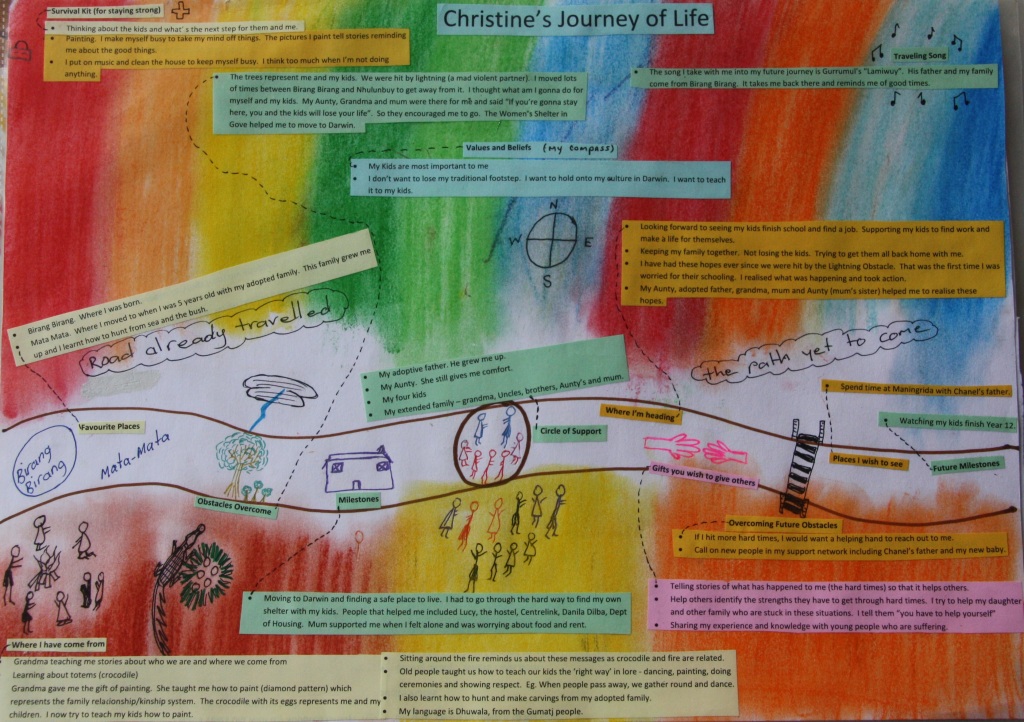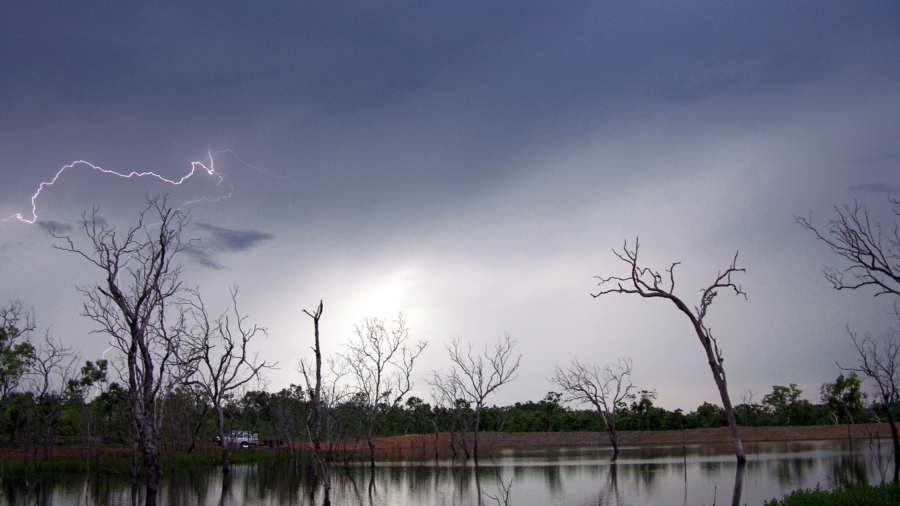Narrative therapy is all about re-authoring lives or giving voice to the alternative stories rather than the problem-dominated one. One of the tools for doing this is seeing life as a journey. David Denborough (2014) so eloquently revisits Michael White’s (1995) original idea of viewing life as a ‘migration of identity’ in his new book “Retelling the Stories of Our Lives’. I love this book because it sets out really simple ways we can help ourselves and others to rewrite and reclaim the stories of our lives from trauma or abuse to one of survival and strength. These documents can then be used to help others who are still on the journey and hitting hard times!
Denborough explores how the journey for a woman leaving a violent relationship can be a difficult one particularly at the point of separation when expectations of finding a sense of wellbeing again can soon plummet into feelings of confusion, insecurity and personal failure. However, mapping the journey of experiences of despair and wellbeing over time can help women see that a ‘trough’ is just one step on the ‘migration of identity’. Women can come to appreciate that these feelings are actually an indication of progress and a sign of their commitment to wanting a better life for themselves, rather than slipping backward. It also opens the way for conversations about how to equip oneself to avoid a ‘backlash’, when a women feels vulnerable to plunging back into the despair that tries to take over her life once again. (For more information on creating Migration of Identity Maps see Denborough, 2014, p. 126-7).
One of the other ways of using the Journey of Life metaphor is by drawing the journey as a path or road (Denborough p.132-7). I think this is a great model when working with Aboriginal people who usually like to draw and appreciate visual storytelling methods. To test this out, I recently sat down with Christine and we created a journey map of her life together using a piece of A4 paper, some textas and pastels.
At the end of the process, this is what it looked like.

The process is quite lengthy but very important for drawing out thick rich descriptions of the positive events, skills, knowledge and future aspirations of the storyteller. It begins by taking a large sheet of paper and drawing a winding road from one side to the other. In the middle, a circle is drawn. On the left is the ‘Road already travelled’ and the right is ‘the path yet to come’. Beginning on the starting point, stories are recorded in pictures and/or words about ‘Where you have come from’, ‘Favourite places travelled’, ‘Milestones achieved’ and ‘Obstacles overcome’. Here Christine drew a tree to represent her and her children that were hit by lightning. She recalled her strong mum, Aunty and Grandmother telling her “If you’re gonna stay here, you and the kids will lose your life”. They all supported her to go the women’s shelter and move away. This was a major Obstacle Overcome, which after a 4 year wait, resulted in the Milestone of getting her own home. The middle circle is for recording the ‘Circle of Support’ and above this, a compass of ‘Values, beliefs and principles’ that have guided them on the journey. Important to Christine is to “not lose my traditional footstep. I want to hold onto my culture and teach it to my kids”. On the top of the page, a ‘Survival kit’ can be drawn documenting what things they have turned to for strength in hard times. Christine shared “I think about the kids and what’s the next step for them and me. I paint to make myself busy and keep my mind off things. The pictures I paint tell stories reminding me about the good things”.
Part 2 is about looking forward. In a similar way, visual stories are recorded about ‘Where you are heading’, ‘Places you wish to see’, ‘things you wish to make happen’, ‘gifts you wish to give others’, ‘obstacles to overcome’ and even a favourite ‘travelling song’ that will help you on the journey. Christine was clear about the goals she had for her children to finish school, find a job and make a life for themselves. She has had these hopes ever since they were hit by the lightning obstacle and experienced worry for the children. “I realised what was happening and took action”.
Part 3 encourages the storyteller to look down at their journey like an eagle would if flying over. This externalising viewpoint allows them to think about ‘Good memories’, ‘Name your journey’ and think about ‘a message to others’. Christine’s Journey of Life map is now a useful tool for her to talk with other women about lessons learned to get through hard times. During our Journey conversation Christine stated she wants to “tell stories of what has happened to me (the hard times) so that it helps others…. including young people who are suffering” and to “help others identify the strengths they have to get through hard times. I try to help my daughter and other family who are stuck in these situations. I tell them you have to help yourself.”
References:
Denborough, D. 2014 “Retelling the Stories of Our Lives: Everyday Narrative Therapy to Draw Inspiration and Transform Experience”, W. W. Norton & Company, New York.
White, M. (1995) Re-authoring Lives: Interviews and Essays, Adelaide, South Australia: Dulwich Centre Publications.

